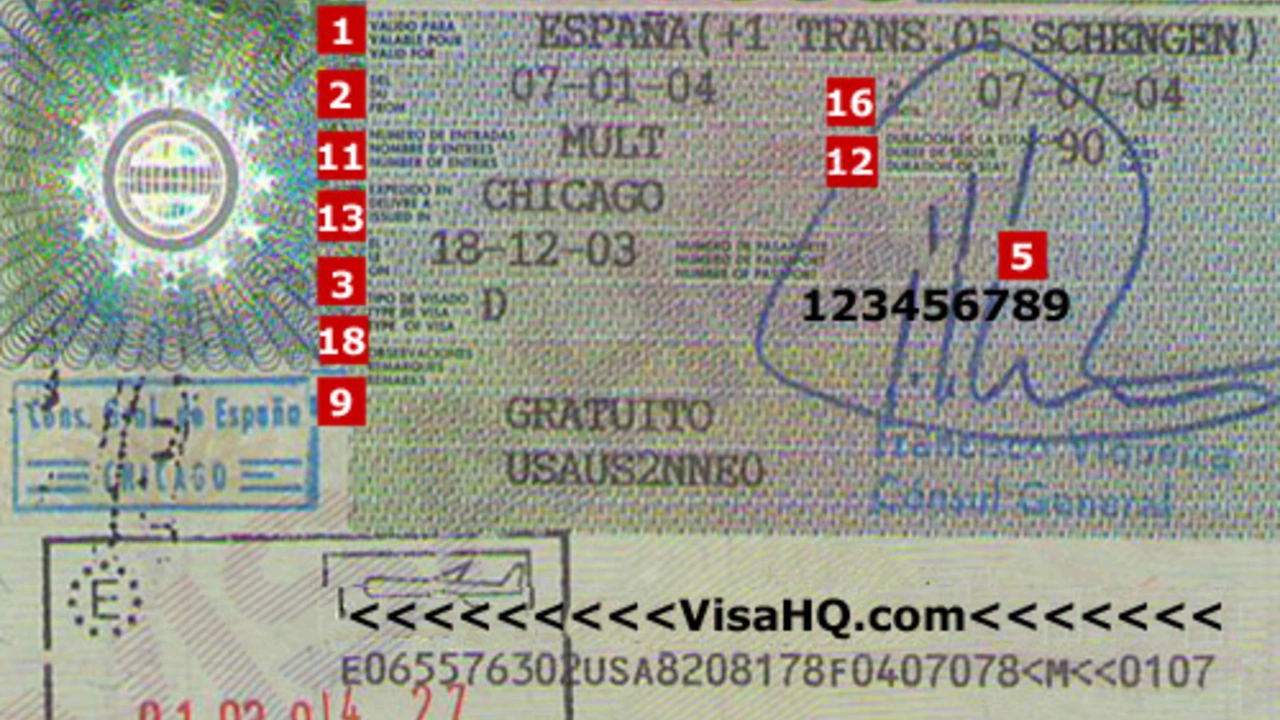Indian Applicant Guide: How to Stand Out in India’s Job Market
If you’re an Indian applicant wondering why your applications aren’t getting callbacks, you’re not alone. The job scene here mixes big‑company portals, local referrals, and a dash of cultural nuance. Below are straight‑forward steps you can take today to make your profile pop and land more interviews.
Polish Your Resume for Indian Recruiters
First thing’s first: your resume needs to match what Indian recruiters expect. Keep it to two pages, use a clean font like Arial or Calibri, and start with a short Professional Summary that mentions your key skills and years of experience. For each job, list achievements with numbers – “increased sales by 15%” or “cut processing time by 30%” – because Indian hiring managers love quantifiable impact.
Don’t forget the Education section. Mention your degree, college name, and any relevant certifications (e.g., PMP, AWS). If you studied abroad, highlight that too; it often catches a recruiter’s eye. Finally, add a Technical Skills table to make scanning easier – list languages, tools, and platforms you master.
Master the Online Application Platforms
Most Indian companies use portals like Naukri, Shine, or Indeed. Create a master profile with all your details, then tailor the Job Title and Keywords for each application. Keywords matter a lot – pull them straight from the job description. If a posting asks for “digital marketing – SEO,” make sure those exact words appear in your resume and profile.
Set up job alerts for your desired roles and locations. When a new post appears, apply within 24 hours; early applicants have a higher chance of getting seen. Also, keep your LinkedIn up‑to‑date, join industry groups, and engage with posts – recruiters often browse LinkedIn before reaching out.
Network the Indian Way
Networking isn’t just for big cities. Attend local tech meetups, college alumni events, and webinars. Bring a simple “elevator pitch” ready: who you are, what you do, and what you’re looking for. Exchange contact details and follow up with a short thank‑you message referencing something you discussed – that personal touch can lead to referral opportunities.
If you have a connection inside a target company, don’t hesitate to ask for an internal referral. Referrals in India can cut the resume‑screening time dramatically, sometimes letting you skip straight to the interview stage.
Acing the Interview – Cultural Tips
Indian interviews often start with a casual chat about family or hobbies. Treat this as a chance to build rapport; a friendly smile and a brief, genuine answer go a long way. When the technical round begins, use the STAR method (Situation, Task, Action, Result) to structure your answers. This method aligns well with the way Indian interviewers gauge problem‑solving skills.
Be ready for a mix of technical and situational questions. For example, a backend developer might face a coding challenge followed by a question like, “How would you handle a deadline clash with a teammate?” Show both competence and teamwork mindset. End the interview by asking thoughtful questions about the team’s projects, growth plans, or company culture – it signals real interest.
Follow‑Up and Keep the Momentum
After the interview, send a thank‑you email within 24 hours. Mention a specific point you discussed and reiterate why you’re excited about the role. If you don’t hear back in a week, a polite follow‑up is acceptable and shows persistence – a trait valued by many Indian managers.
Meanwhile, keep applying to other openings. The more doors you knock on, the faster you’ll find the right fit. Track each application in a simple spreadsheet: company name, position, date applied, contact person, and status. This helps you stay organized and ensures you never miss a follow‑up.
Being an Indian applicant doesn’t have to feel like navigating a maze. By tailoring your resume, mastering online portals, networking wisely, and handling interviews with cultural awareness, you’ll increase your chances of landing that next job. Start implementing these tips today, and watch your interview invitations climb.
What is the process around a Spain work visa for an Indian?
Securing a work visa for Spain as an Indian citizen involves a few crucial steps. First, you need to secure a job in Spain, where your employer will initiate the work permit process on your behalf. After approval from the Spanish authorities, you can apply for a visa at the Spanish Embassy or Consulate in India. It's important to prepare all necessary documents, including a valid passport, job contract, and proof of no criminal record. Remember, the process may take several months, so it's advisable to plan ahead.
